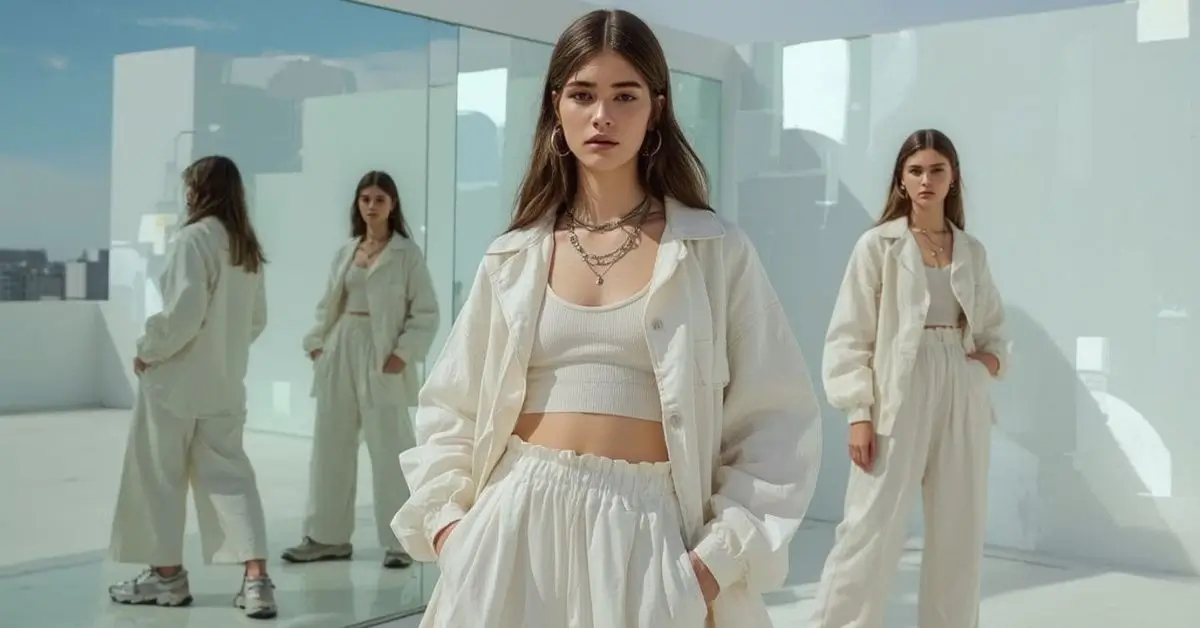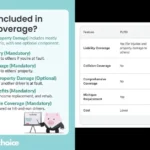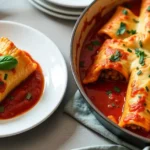Acubi fashion is rapidly emerging as one of the most talked-about trends among Gen Z and fashion-forward communities. This minimalist and androgynous aesthetic borrows heavily from the 1990s and early 2000s, weaving nostalgia with modern-day subtlety. Characterized by its muted colors, sleek silhouettes, and nonchalant attitude, it is becoming a staple for those who wish to embrace a fresh, effortless look.
In this comprehensive guide, we’ll delve into what makes acubi fashion stand out, how it compares with similar aesthetics, and why it’s more than just a fleeting social media trend. Whether you’re a fashion enthusiast or a curious observer, understanding the nuances of this style can give you insights into the ever-evolving world of youth fashion.
What is Acubi Fashion?
Acubi fashion is a minimalist Korean-inspired aesthetic that emphasizes neutral tones, comfort, gender-fluid silhouettes, and stripped-back designs. Originating on platforms like TikTok and Instagram, it draws inspiration from contemporary street style and retro fashion movements.
Instead of bright colors or loud patterns, this aesthetic centers around monochrome palettes, vintage layering, and a focus on fabric texture and fit. Its quiet elegance has made it a favorite among Gen Zs seeking to express identity through subdued statements rather than bold branding.
Evolution of Acubi Fashion: A Brief History
Although relatively new as a term, its elements have long existed in the fashion world. Influences from:
- Y2K aesthetics
- Japanese and Korean streetwear
- 1990s minimalist icons like Calvin Klein or Phoebe Philo-era Celine
- Vintage thrift culture
All contributed to what we now recognize as acubi fashion. Over the past five years, influencers began curating a cleaner, moodier version of early 2000s looks. By pairing wide-leg trousers with tight tanks, oversized blazers, or vintage knits, they shaped an aesthetic that feels nostalgic but distinctly modern.
Core Elements of the Style
To truly understand this fashion genre, we need to look at its essential elements:
Neutral & Muted Tones
Colors like charcoal, beige, off-white, olive, and black dominate the palette. These tones allow for easy layering and timelessness.
Oversized vs Fitted Balance
The style plays with proportion—baggy trousers paired with tight tops or oversized shirts with slim skirts. The key is to create a visual balance without overpowering the silhouette.
Soft, Breathable Fabrics
Cotton, linen, and ribbed knits are common. Comfort and movement matter more than stiffness or structure.
Androgyny
Gender-neutral designs and styling are central to the aesthetic. It encourages fluidity and breaks away from gender norms in traditional clothing.
Effortless Layering
Layering is subtle and intentional. Think sheer cardigans over cropped tops, or long-sleeved mesh under loose tanks.
Why Gen Z Loves Acubi Fashion
The appeal of this fashion genre to Gen Z lies in several key aspects:
- Identity Expression: The non-binary style gives wearers freedom to represent themselves outside of traditional norms.
- Sustainable Appeal: It promotes slow fashion through minimalism and vintage pieces.
- Aesthetic Consistency: The style photographs well and maintains a curated look on social feeds.
- Emotional Minimalism: In a chaotic world, many are drawn to the calm, muted tones and simple expressions of this look.
According to fashion consultant Hyerin Choi, “Acubi fashion is not just about clothes—it’s about a state of mind that reflects peace, clarity, and rebellion through restraint.”
Comparison With Other Styles
| Feature | Acubi Fashion | Y2K Aesthetic | Minimalist Fashion | Streetwear | Cottagecore |
| Color Palette | Neutral, muted tones | Bright, vibrant, metallic | Neutral, monotone | Bold, urban, graphic | Soft pastels, floral |
| Gender Expression | Androgynous, fluid | Feminine-leaning | Neutral | Often masculine-heavy | Feminine-leaning |
| Fit Preference | Balanced (tight + loose) | Tight & flamboyant | Tailored, clean lines | Oversized & boxy | Loose & floaty |
| Inspirational Era | ‘90s–Early 2000s | 2000s Pop culture | Timeless, modern | Hip-hop culture | Vintage countryside |
| Ease of Use | Medium (some styling needed) | Easy but flashy | Easy and timeless | Styling-dependent | Medium (accessories heavy) |
| Cost Efficiency | Moderate (includes vintage) | Moderate to high | High-end or basics | High to luxury | Low to medium |
Building an Acubi-Inspired Wardrobe
Creating your own acubi fashion wardrobe doesn’t require a complete overhaul. Here’s how to start:
Stick to Core Colors
Focus on black, beige, white, olive, and gray for your base wardrobe.
Experiment with Proportions
Try oversized blazers with crop tops or wide trousers with fitted shirts.
Shop Vintage or Secondhand
Look for ‘90s basics, cargo pants, ribbed tops, and boxy shirts.
Use Minimal Accessories
Avoid flashy items—opt for basic tote bags, simple rings, and clean sneakers.
Prioritize Quality Fabrics
Choose comfort-driven materials over heavily branded items.
Cultural Influences and Celebrities
Many K-pop idols and influencers align with acubi fashion. From IU to NewJeans to Jennie from BLACKPINK, their wardrobes often reflect this aesthetic’s neutral tone and chic simplicity.
International celebrities like Bella Hadid and Zendaya have also embraced elements of this fashion in their streetwear looks, showing that it transcends geography and language.
Sustainability & Ethical Considerations
As fashion faces increasing scrutiny, fashion offers a refreshing alternative. Its embrace of secondhand pieces and slow fashion principles contributes to:
- Lower carbon footprints
- Reduced textile waste
- A more ethical approach to consumption
Reports from industry trackers like the Fashion Transparency Index show rising demand for sustainability—a demand that this aesthetic meets head-on.
Challenges and Future Scope
Despite its growth, this type of fashion has its challenges:
- Lack of Inclusivity in sizing and body types
- Risk of Homogeneity in personal style
- Over-commercialization and fast fashion mimicry
However, its future remains bright. Innovations in digital fashion, inclusive design, and global collaborations suggest this aesthetic will continue to evolve while staying rooted in minimal expression.
Conclusion
In conclusion, acubi fashion stands at the intersection of nostalgia, minimalism, and modern identity. It empowers individuals to express themselves through subtle, intentional choices and represents a shift toward thoughtful fashion. As it continues to grow, this aesthetic may redefine how we view personal style in a fast-paced digital world.
FAQs
What is the core idea behind this fashion genre?
It’s about minimalism, comfort, and identity expression through neutral-toned, gender-fluid designs.
Can acubi fashion be worn in a professional setting?
Yes. With clean silhouettes and muted tones, it transitions well into office and formal wear.
How do I style an acubi fashion outfit on a budget?
Shop thrift stores for vintage basics, avoid logos, and focus on texture and fit.
Is this fashion genre gender-specific?
No. It is designed to be androgynous and welcomes all gender expressions.
What brands typically reflect this aesthetic?
While many Korean and Japanese indie brands exemplify it, the style itself transcends brand labels.
How sustainable is this fashion genre?
Its emphasis on slow fashion, thrift shopping, and minimal wardrobes makes it highly sustainable.











